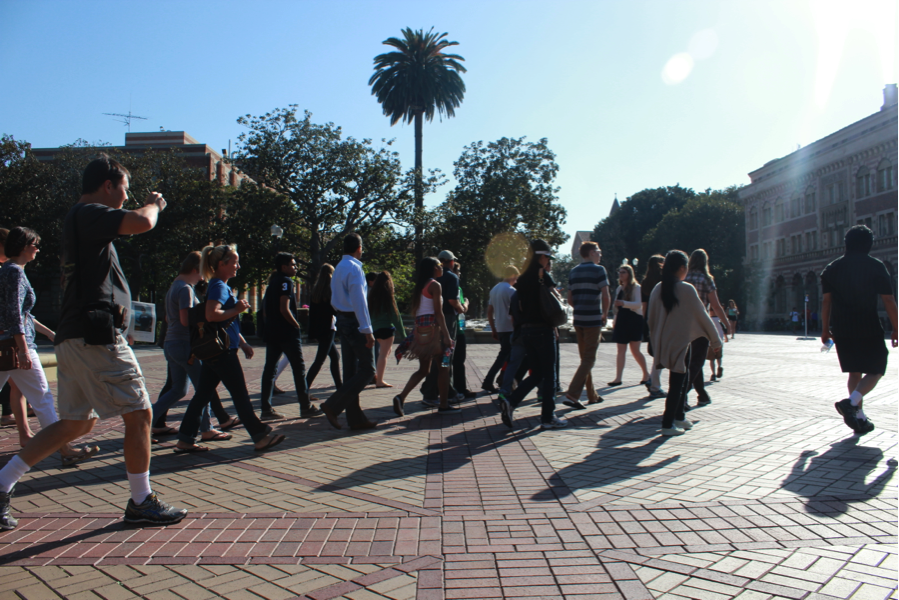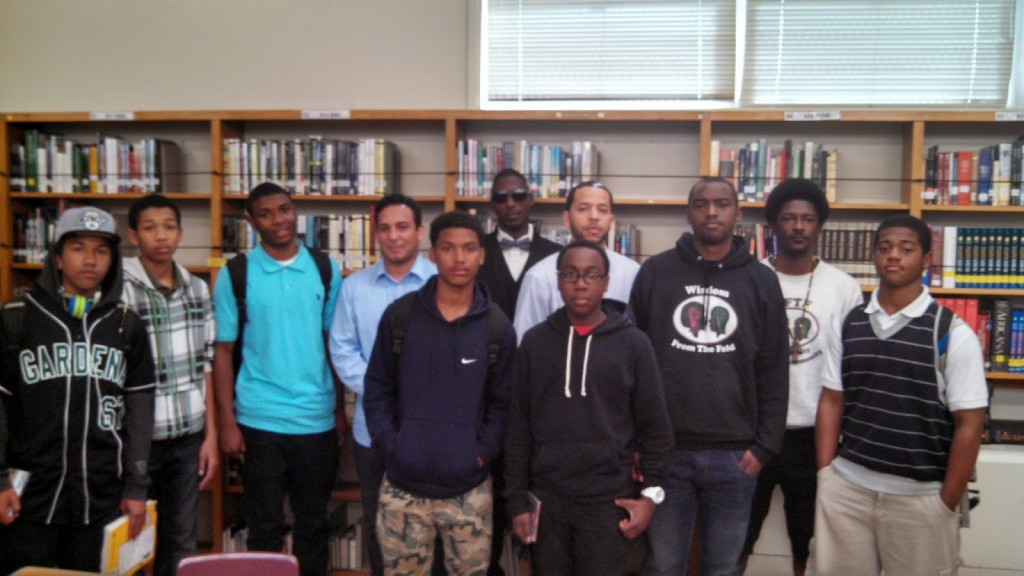By Taylor Haney
LAUSD officials met with staff at Jefferson High School Thursday to talk about incomplete course schedules. A lack of resources has been keeping many students out of their required classes — or any classes at all. Yesterday, a Calif. Superior Court judge ordered the state to fix scheduling problems at the South L.A. high school.
One student told Annenberg Radio News that his schedule “wasn’t right” for him. For others, classes they needed just didn’t exist.
Click play to hear their comments:
The ACLU of Southern California had lodged a complaint in May naming a few specific schools and detailing their problems. Here’s how they map out.






















